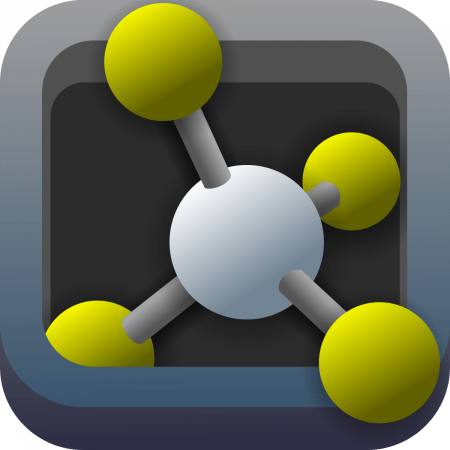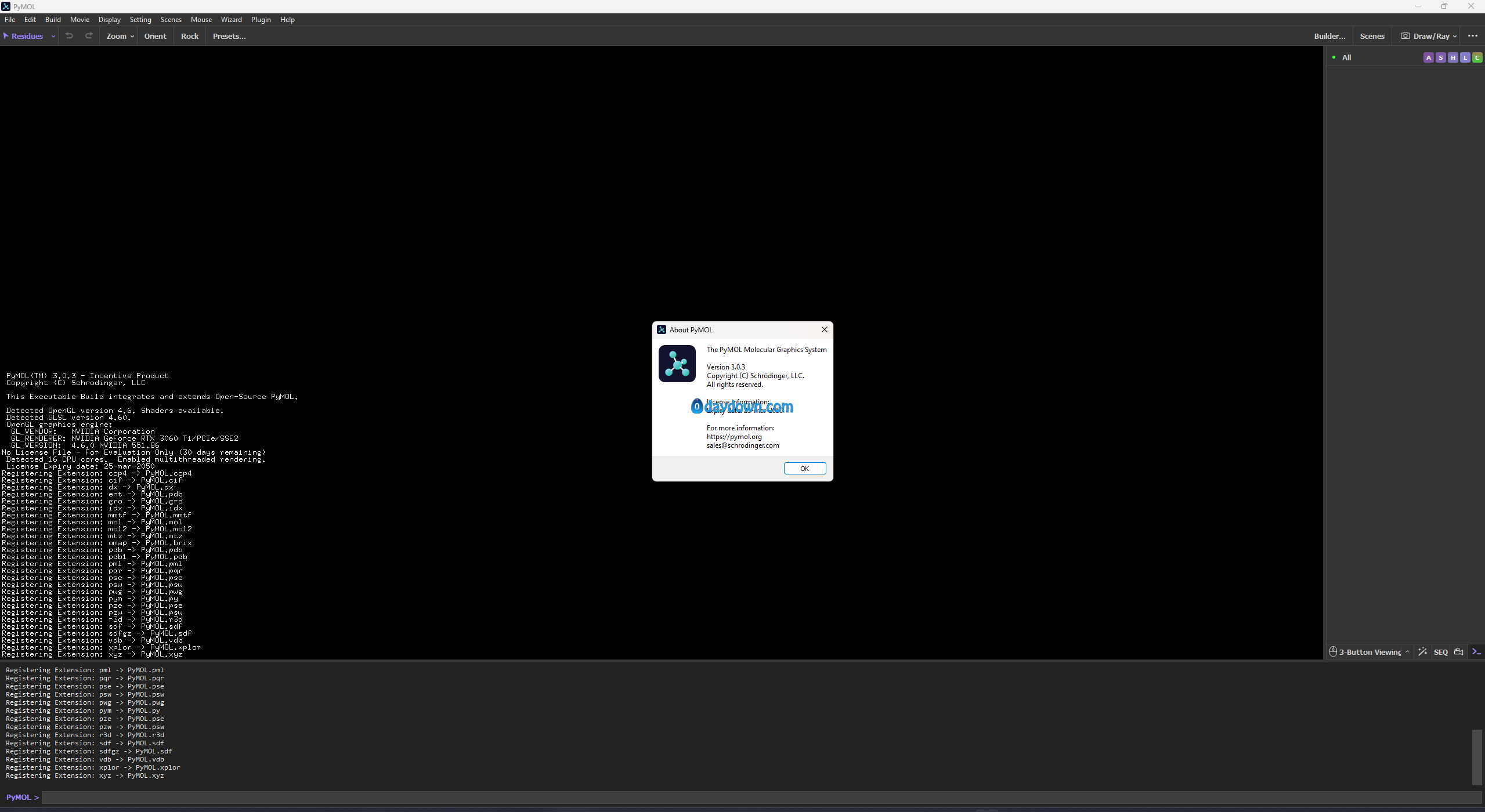
Schrodinger PyMOL是一款功能强大的分子查看器和渲染器。 它可用于准备出版质量的图形、与同事共享交互式结果或生成预渲染动画。
x86,x64 | File Size: 423 MB
Molecular visualization programs have become extremely valuable tools in many fields of science including computational chemistry and structural biology. They allow us to visualize and analyze the structure of molecules such as proteins, nucleic acids, and small organic molecules to a level of detail and customization that would be otherwise impossible to reach in a laboratory.
As of today, using a computer it is possible to download thousands of protein structures from dedicated websites (e.g., Protein Data Bank (PDB)) and use programs to visualize them, rotate their structure, zoom on the atoms of interest, calculate distances, everything in few easy steps.
These tools can help us understand the relationships between the structure and function of molecules and can be used to design and optimize drugs, study protein-ligand interactions, and in general retrieve a visual representation of proteins and their main structural features.
Some of the benefits of using molecular visualization software include the general ability to improve our understanding of the 3D structure of molecules and therefore to identify the structural features essential to the functioning of the system. Another important point is the possibility to observe the dynamical evolution of the system obtained via Molecular Dynamics (MD) simulations. Lastly, they can be useful to generate high-quality images and movies for your publications or presentations.
In this tutorial, I will cover the basics of PyMOL, one of the most famous molecular visualization software available so that you can get a taste of its general functioning.
The layout consists of mainly three components
-As the name suggests, the Display area is where the molecules will be displayed and manipulated once you load them in PyMOL. By default, you can rotate, zoom, and translate by dragging with your mouse (left button, right button, scroll wheel respectively) or trackpad (left button, right button, Ctrl + click).
A comprehensive software package for rendering and animating 3D structures
Release Highlights
Unified modern user interface
PyQt interface replaces Tcl/Tk and MacPyMOL on all platforms
Anaconda Python distribution
Better third-party plugin and custom scripting support
Open access incentive executables
Liberal evaluation policy
System Requirements
OS:Windows 10, versions, 20H2, 21H1, 21H2/Windows 11, version 21H2.
CPU:x86_64 compatible processor
Memory:4 GB memory per core
Space:18 GB disk space for software installation; 400-500 GB if databases (PDB, BLAST, etc) are also installed
Network card with a configured network interface
16-bit color (for Maestro)
